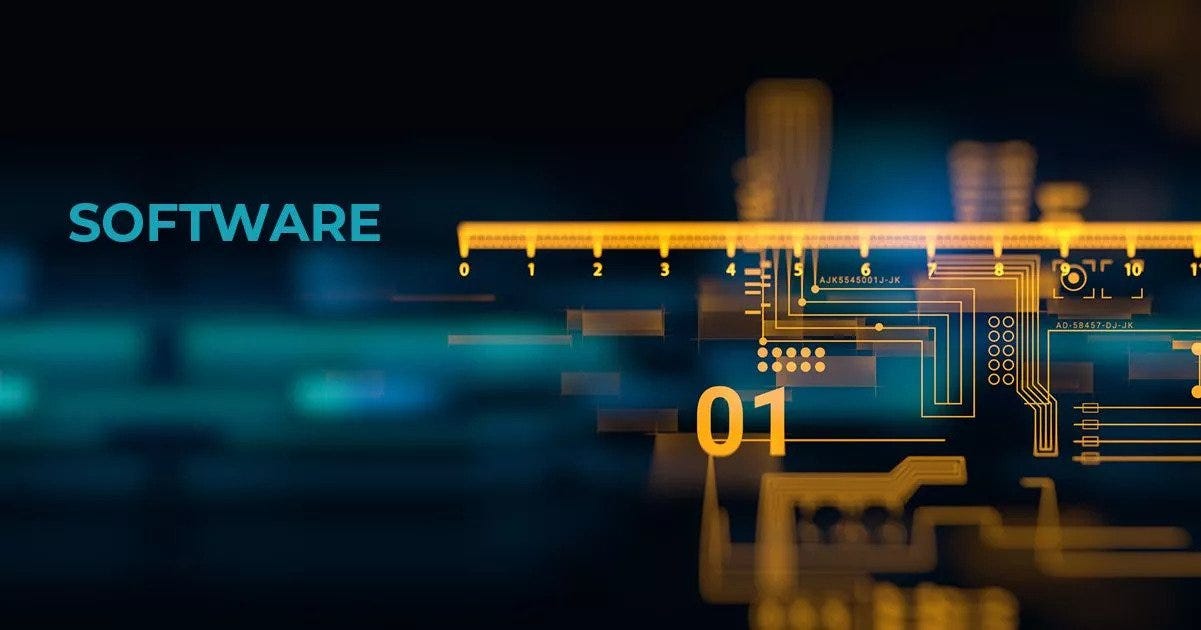
“Praxis EMR isn’t just an EHR. It’s more than an EHR.” That’s not a criticism. That’s a common, honest statement that clarifies exactly what an EHR does. But it’s wrong to think of praxis as an alternative to EHRs. EHR and praxis complement each other, not replace one another.
EHR and praxis are not the same things. They are, however, complementary ways of organizing and managing medical records. They are not, however, designed to be used at the same time. Instead, EHR and praxis emr is intended for use by clinicians, including physicians, to make them more efficient. This helps reduce errors in patient record keeping and enables medical practitioners to do their jobs better.
EHR and praxis emr can go hand in hand. Both facilitate the exchange of electronic health information between doctors and other medical professionals such as nurses and other hospital administrators. Both also allow for on-premise and off-premise deployment of electronic health data. Both, however, must be supported by intelligent EHR software.
EHR software typically includes both an EHR and an EMR software. EHR software features a web-based interface for physicians and other authorized personnel to access electronic health information and off-premise and on-site electronic health data deployment. The user name and password are different from those associated with an EMR. Physicians and other authorized personnel are often trained to use the user name and password associated with the EHR software, even when they are not in the office. Otherwise, patients may have access to their EHR.
As compared to an EHR and an EMR, a template-free system has several distinct advantages. First, the template-free system is easier to implement. In an EHR, technical expertise and changes to the current method of record-keeping will have to be implemented. Templates, on the other hand, are typically machine-readable. Therefore, software designers find it easier to create templates for an artificial intelligence visual system than templates for an EHR template-free system.
Another advantage of an artificial intelligence-based EHR is that it allows for improved charting. Charting used in an EHR can be more accurate because it is largely error-free. Since most charting is done by nurses and other healthcare practitioners in the field, the accuracy of such charts is especially important for maintaining proper patient care and billing procedures. Again, since non-clinical professionals do most charting, EHR software allows for more efficient time and monetary resources.
Finally, an EHR does not have as many disadvantages as do some traditional CRM systems. One major drawback of an EHR is that it does not have a comprehensive range of features that allow for automated or real-time data cleansing. However, this is an area where software developers are working to improve. Some software, such as the Epic CRM, do have options for cleaning data, such as using mathematical algorithms. However, most EHRs still lack this ability, and the majority of CRM systems have such capabilities.

However, the biggest advantage of an EHR over an EMR is that it can help save money. In today’s economy, costs for things like copayments and patient benefits are at an all-time high. By freeing up these costs through EHR software, doctors and other medical professionals will be able to give their patients better, more personalized care.
Because of these many advantages, software developers continually upgrade their software features to include everything from patient education to insurance claims processing. They are also making A&E courses and appointment books template-free, allowing for the creation of even more professional looking documentation. In addition, with this software, the role of the medical office manager is no longer required. This is a huge benefit to physicians who no longer need to hire a full-time receptionist to deal with calls or daily communication with doctors. Instead, an EHR can handle all of these functions for them.
Another advantage of EHR software is that it allows users to access a much larger database than they could manage individually. This database will provide patients with all of the information they need, regardless of whether they are in or out of the office. This database will also allow physicians to see how their patients are doing when they are not there. This can help them customize their treatment plan accordingly. Charting also becomes much easier, as the data from a PX can be imported directly into a charting package.
These four major advantages of EHR software systems made by Infor come down to a matter of opinion. Choosing the best one will depend largely on your business requirements and the time frame you have to invest in training your employees. While there is no single best EHR software system, the verdict is that none of them is better than what the Infor EMR and A&E courses can do for your business. This verdict will likely change slightly between now and the time you choose a system; however, it is safe to say that none of them is worse than the other.
